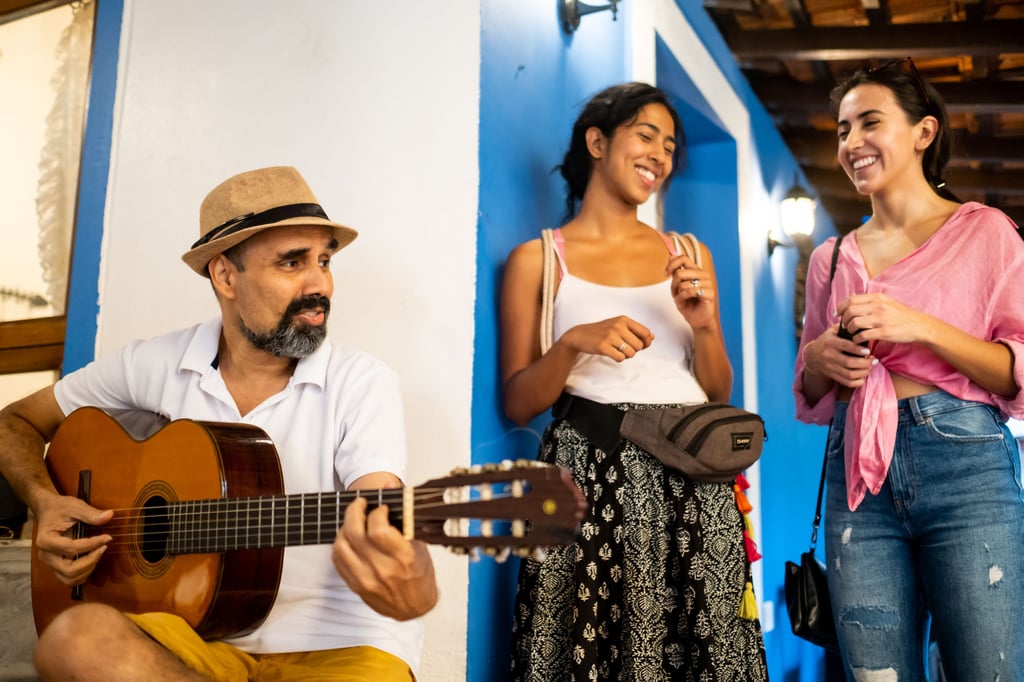Goa beyond the beaches and booze: tours around the Indian state’s interior reveal a rich cultural history and colourful communities
- Goan entrepreneurs, tired of their state’s party reputation, are organising tours that take in the Indian state’s culture, cuisine and laid-back attitudes
- Tours visit bustling rice fields, markets selling farm-fresh local produce and villages that highlight Goa’s multicultural history

A stream gurgles, crickets chirp and butterflies flit through forests. Sweeping monsoon showers have given new life to previously dormant waterfalls.
The feast that’s waiting for us in a village home at the end of a five-hour tour in North Goa includes kismoor sukhe (sun-dried prawns), semolina-coated fried stuffed banana, and chicken xacuti – a spicy dish prepared with white poppy seeds, dried red chilli and grated coconut.
Before coming to Goa, the state on India’s west coast that received more than 7 million visitors in pre-pandemic 2019, I had heard about a different place.
Friends from Bangalore and Mumbai told me that Goa was their weekend getaway, for partying, with sun, sand and cheap alcohol. And there’s much truth to the stereotype; walk along the Candolim-Calangute stretch in North Goa and you’ll likely find nothing that reflects the state’s multicultural identity, just recently erected hotels and restaurants catering to tourists.
During Goa’s traditional tourist season, from November to March, the coastal hotspots swarm with beach-loving domestic and foreign tourists. However, the state is slowly becoming a year-round destination, even though the monsoon season, from June to October, remains a relatively quiet time.

And thanks to a new generation of ambitious entrepreneurs trying to redefine tourism in Goa, visitors can find bustling markets, sprawling rice fields, farm-fresh local produce and the slow-paced rhythms of tropical living beyond the beaches, at any time of year.